
It's a long weekend. Friday and a public holiday on Sunday. "Our" desert pitch is filling up, the rooms in the Eco-Camp are all occupied. There is a lot of activity around us.
During the day, we feel a strong testosterone-fuelled atmosphere: high-powered off-road vehicles stop right around us with their engines running. The engines are being tweaked and the tyres deflated in order to drive better in the dunes. Winding sand braking exercises are part of the standard programme here. And the loud, really loud music from the cars, which is unavoidable in Iran. It doesn't matter that different cars play different songs. That the speakers are usually buzzing? That doesn't matter either. It's the volume that counts.
We practise our "Aha, interesting!" thoughts. We don't really succeed. We sit down for breakfast on the terrace of the eco-camp and are immediately invited to tea by a couple of young people. We ask if they are also milling the dunes. No, most of them are artists. And they have a very good dancer with them. Do we know Sama'? "Er, no, we don't." The dancer smiles and promises to dance for us today. Oh, what a joy!
Sama' (also called semah) is an essential element of the trance dances (and vaguely reminds us of the dances of the dervishes in the desert of Abu Dhabi). These dances are accompanied by spiritual songs that are both played and sung. They were included in the 2010 Representative list of the intangible cultural heritage of humanity recorded.
The execution of these dances is characterised by the alternation of slow and fast step sequences as well as circular movements or movements directed towards the centre. These dances are characterised by turns around their own axis, through which a symbolic union of man with God and nature is to be achieved. The hand position is of great importance: while the right palm points upwards, the left palm points towards the ground. The rotational movements, both in a circle and around its own axis, are intended to reflect the movement of the planets around the sun and the infinite cycles of life and nature.
After breakfast, we all trudge out onto the dunes and watch the dancer. We feel like we're at a private performance and are enchanted. Hoseiin, a gifted photographer, captures the dances with his camera and we "snap" a few shots along the way.
What a wonderful gift to be able to take part in this dance. I even forgot a little about the 4×4 off-road vehicles in the dunes with their noise and exhaust fumes. Thank you for this wonderful moment!
When we return to our Felix, the next surprise arrives. "We're going to the nearby salt lake. Do you want to come with us?" "Yes, but unfortunately it's not possible with our campervan," we say a little sadly. "There's still room here, get in!"
We grab a bottle of water and the last of our dates (we really must get some more!) and get into one of the cars. And are grateful for the opportunity to immerse ourselves in the lives of Iranians once again.
The Gavkhuni wetland or swamp is a virtually untouched area and covers an area of approximately 476 square kilometres. It is a salt marsh with a salt content of 315%. Of course, we can only get as far as the edge with the cars; here is the small water-rich remnant of a salt lake. Most of it is actually encrusted salt, which is so solid that it could be walked and driven on.
As for the name, we read that Gavkhuni consists of two parts: Gav means big and Khuni comes from Khan, which means well. Big well, so to speak.
There is not much left of the fountain, but we also believe that we have not really landed in the marshland, but on the dried-out crust of the salt lake. Here we can watch the dancer once again and explore the salt lake ourselves. The scenery couldn't be more beautiful, the sun shines magnificently and our eyes burn from the glistening brightness of the reflecting salt. While Hoseiin takes lots of photos again (we now realise that the photo shoot was the reason for the trip), we explore the area a little and chat to the young people. They ask us about our lives, we ask them about theirs. We talk about dreams and realities, about family, children, marriage and careers.
Once again, we are grateful for the hospitality of the Iranians, after all, we have a pretty mixed picture of the mood due to the many invitations. One family has these thoughts, the next has different ones. It's like at home: every family has different priorities.
We spend the evening around the campfire again. We listen to the music, dream by the crackling fire and eat dinner together. Finally we are allowed to contribute something: I have cooked a big pot of lentil soup, which is generally well received.
While the loud, Arabic-sounding music of the dune jeep safari troupe continues to play outside, we lie in bed, look back at the pictures and think again: What a day! How many unplanned and wonderful experiences can actually fit into a single day?
Sources: https://www.visitiran.ir/attraction/Gavkhuni-Wetland & https://itto.org/iran/attraction/Gavkhuni-Wetland/
Photographer: https://www.instagram.com/hoseiin_sky/
Dancer: https://www.instagram.com/sama_valeh/


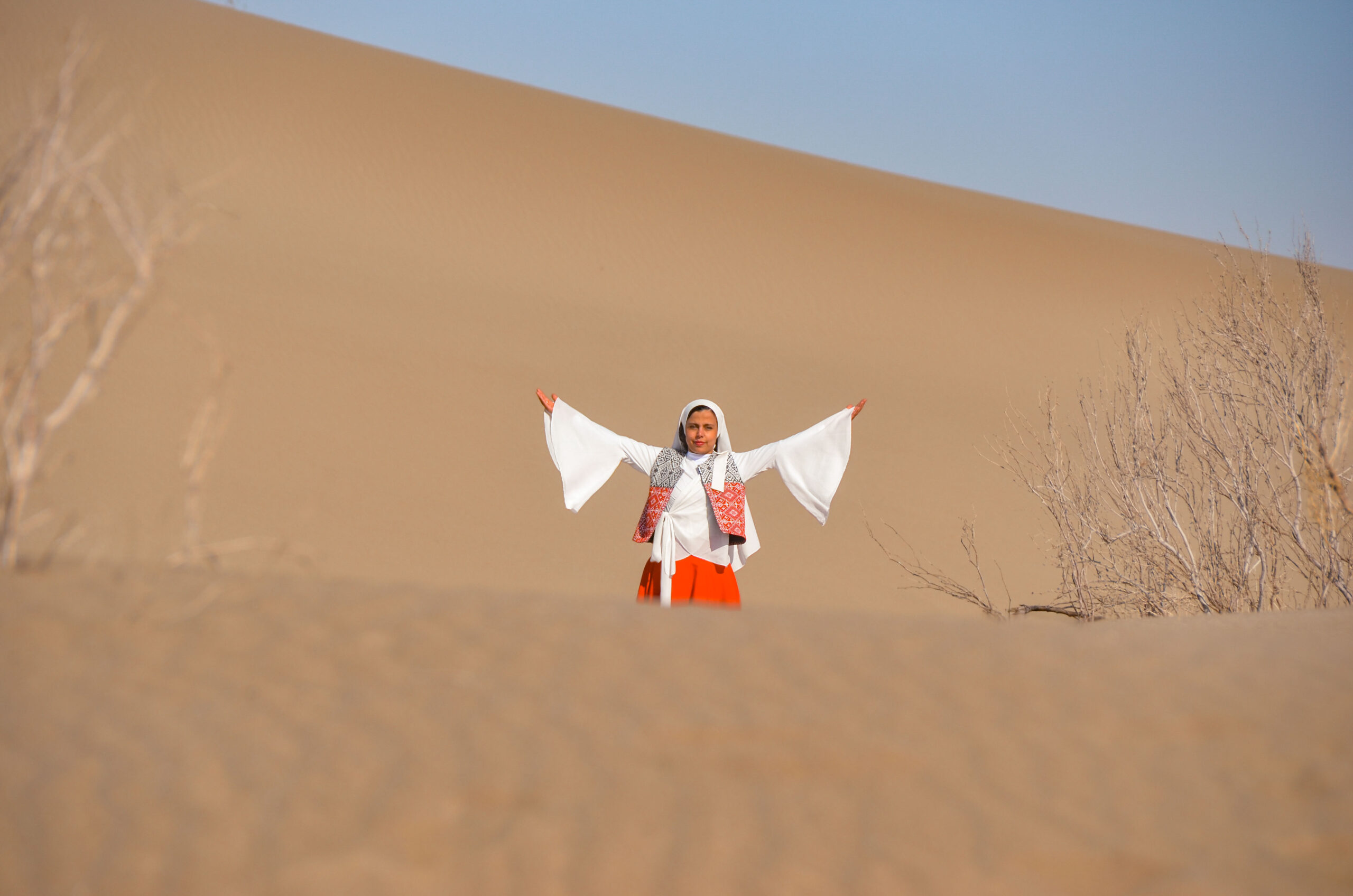


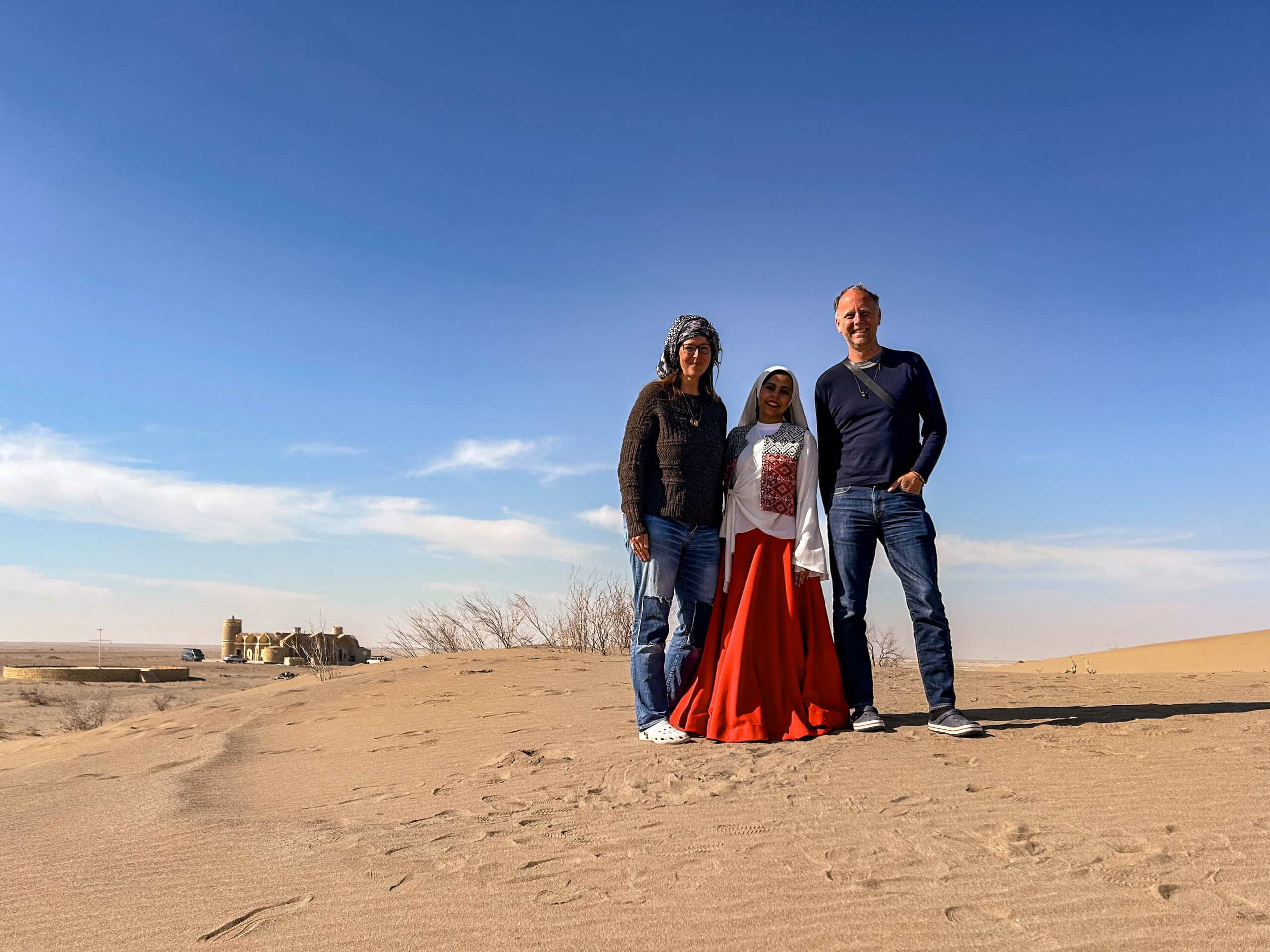









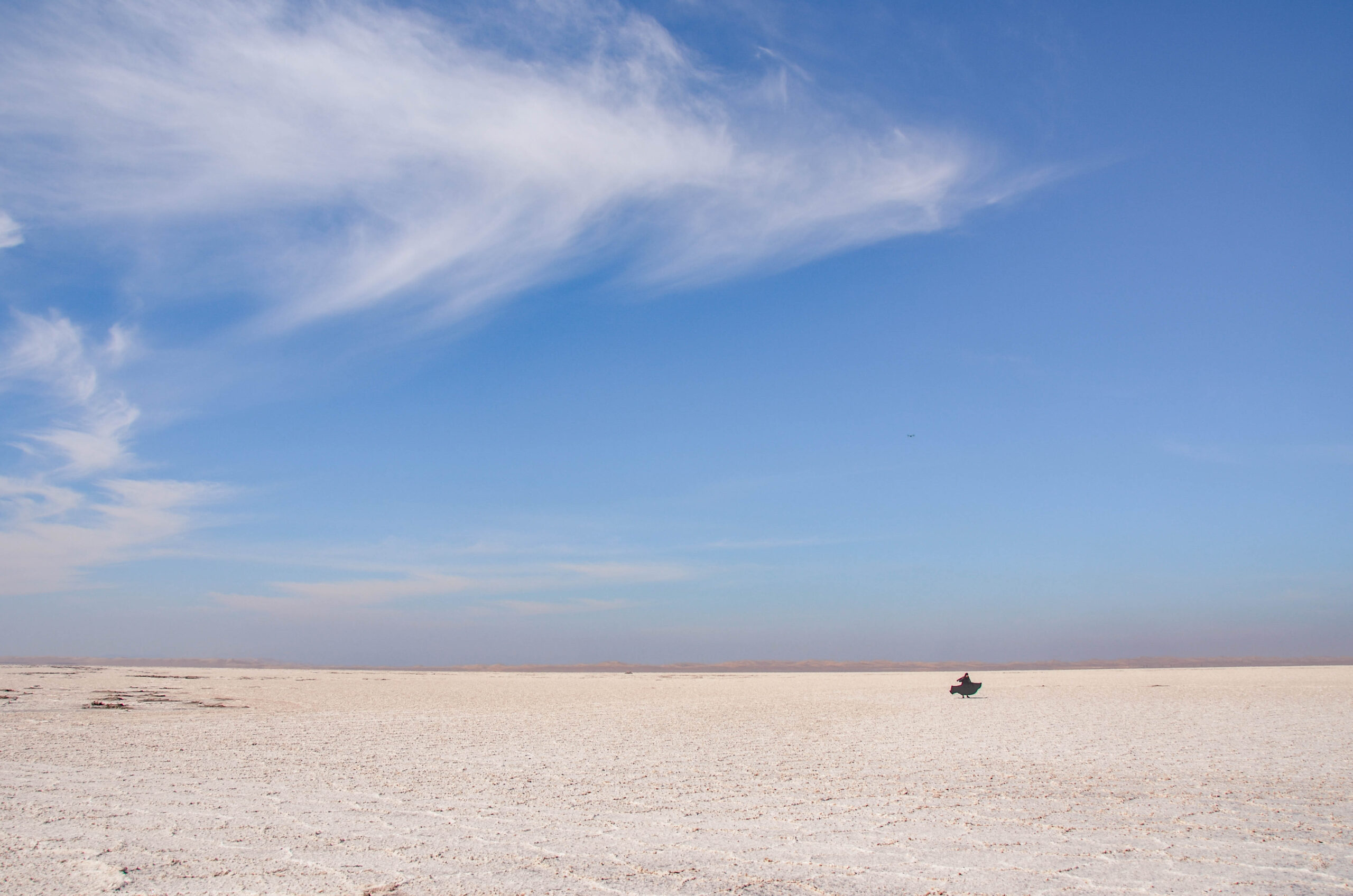
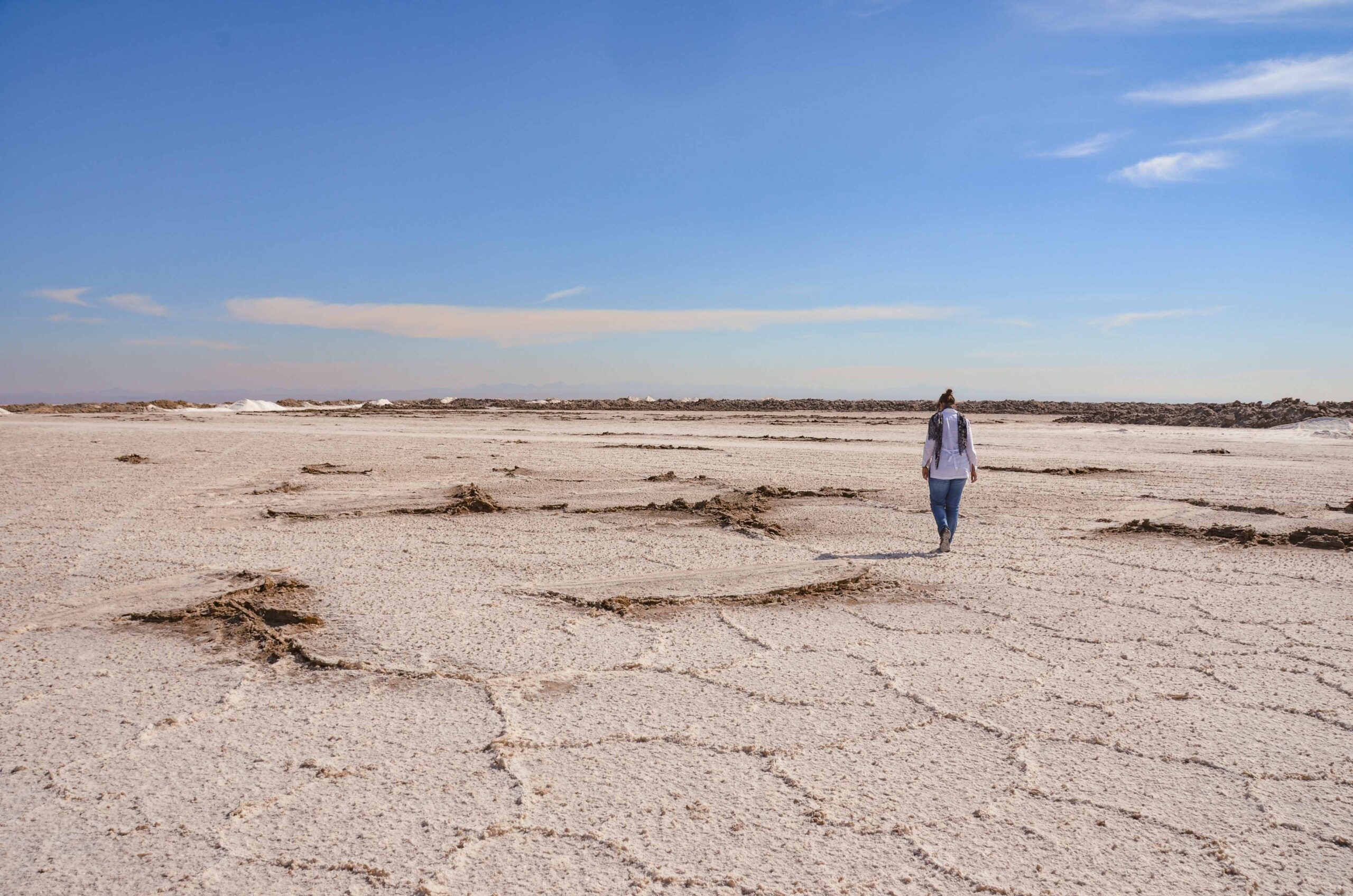

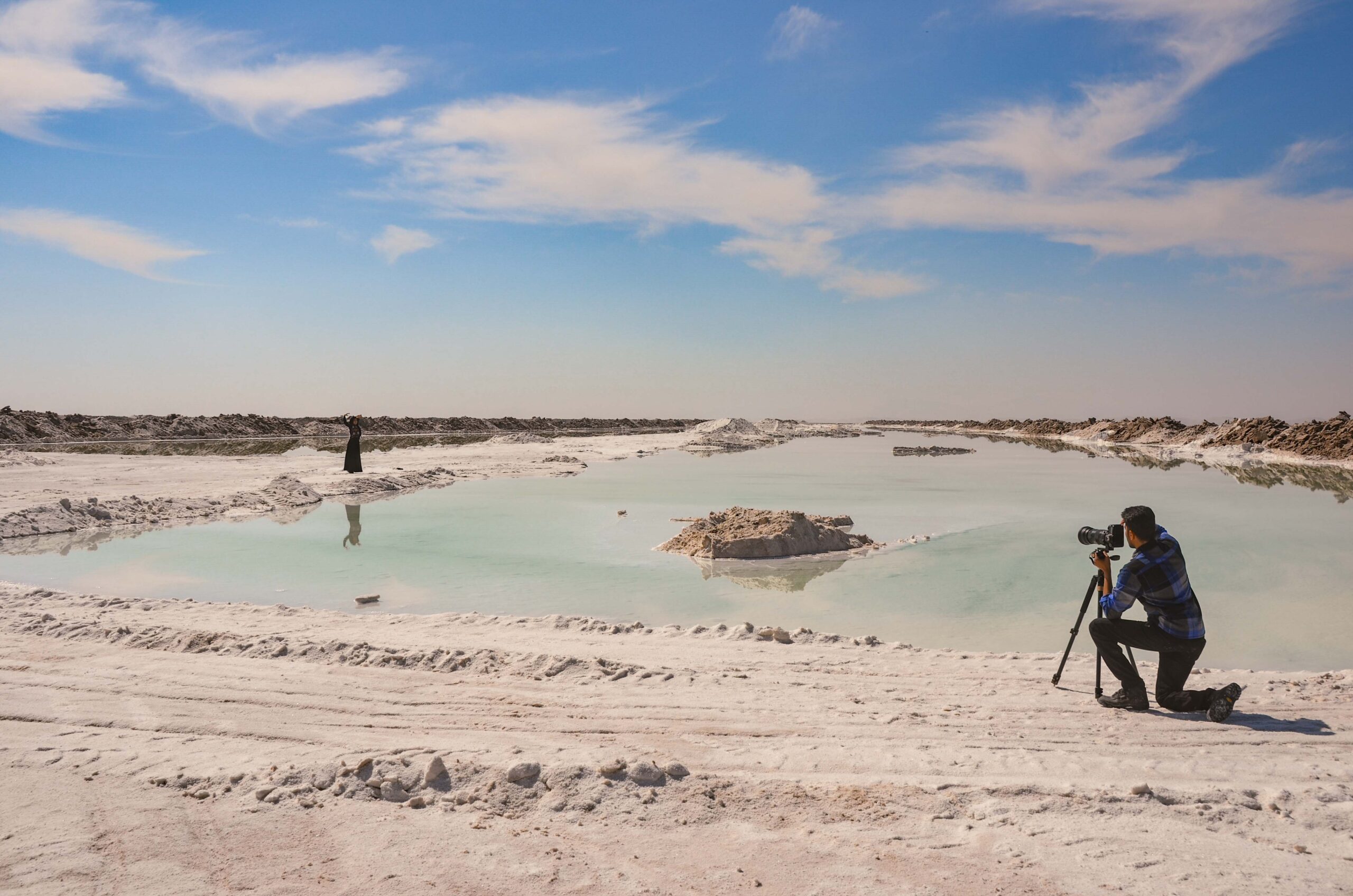



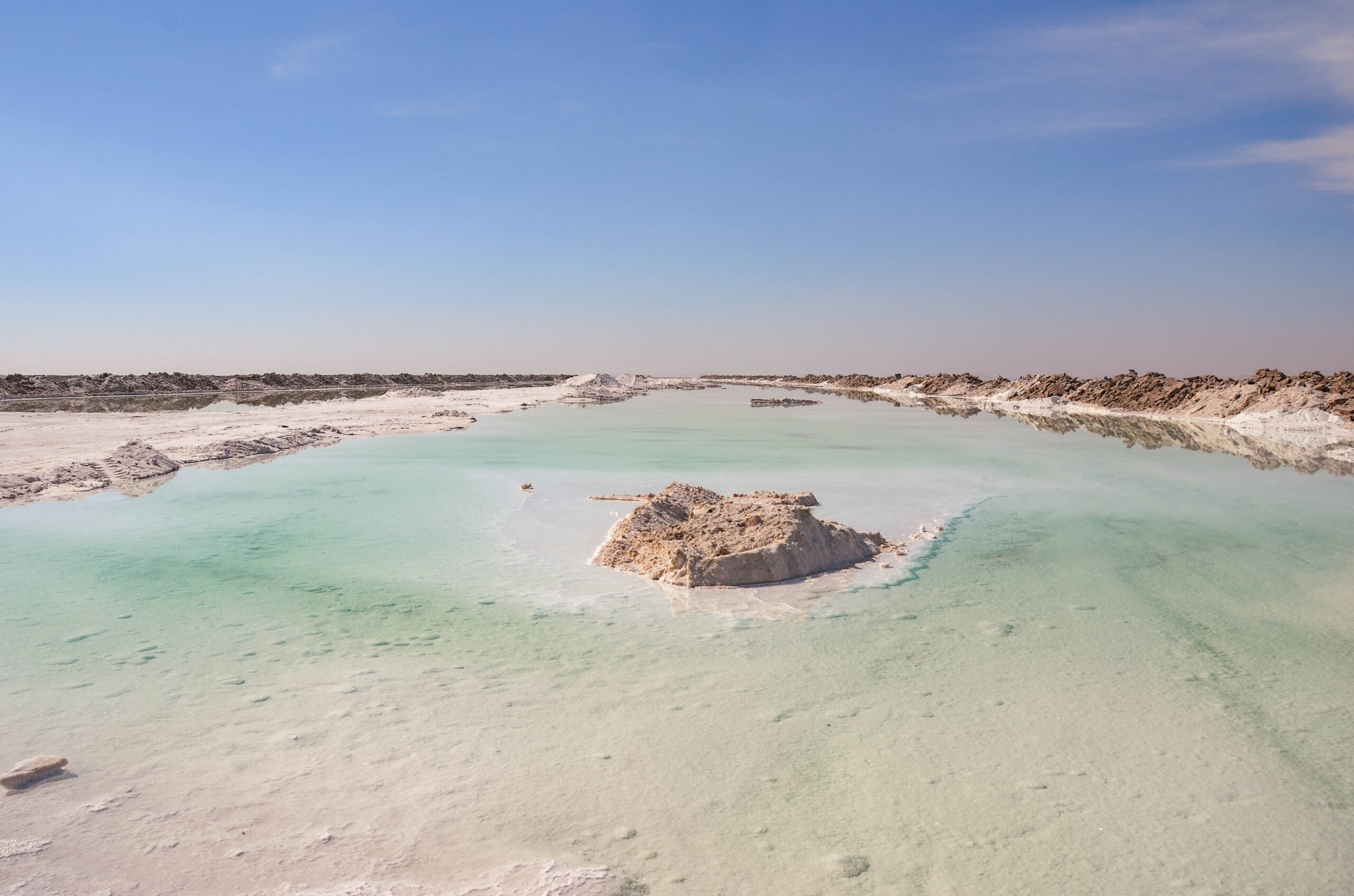




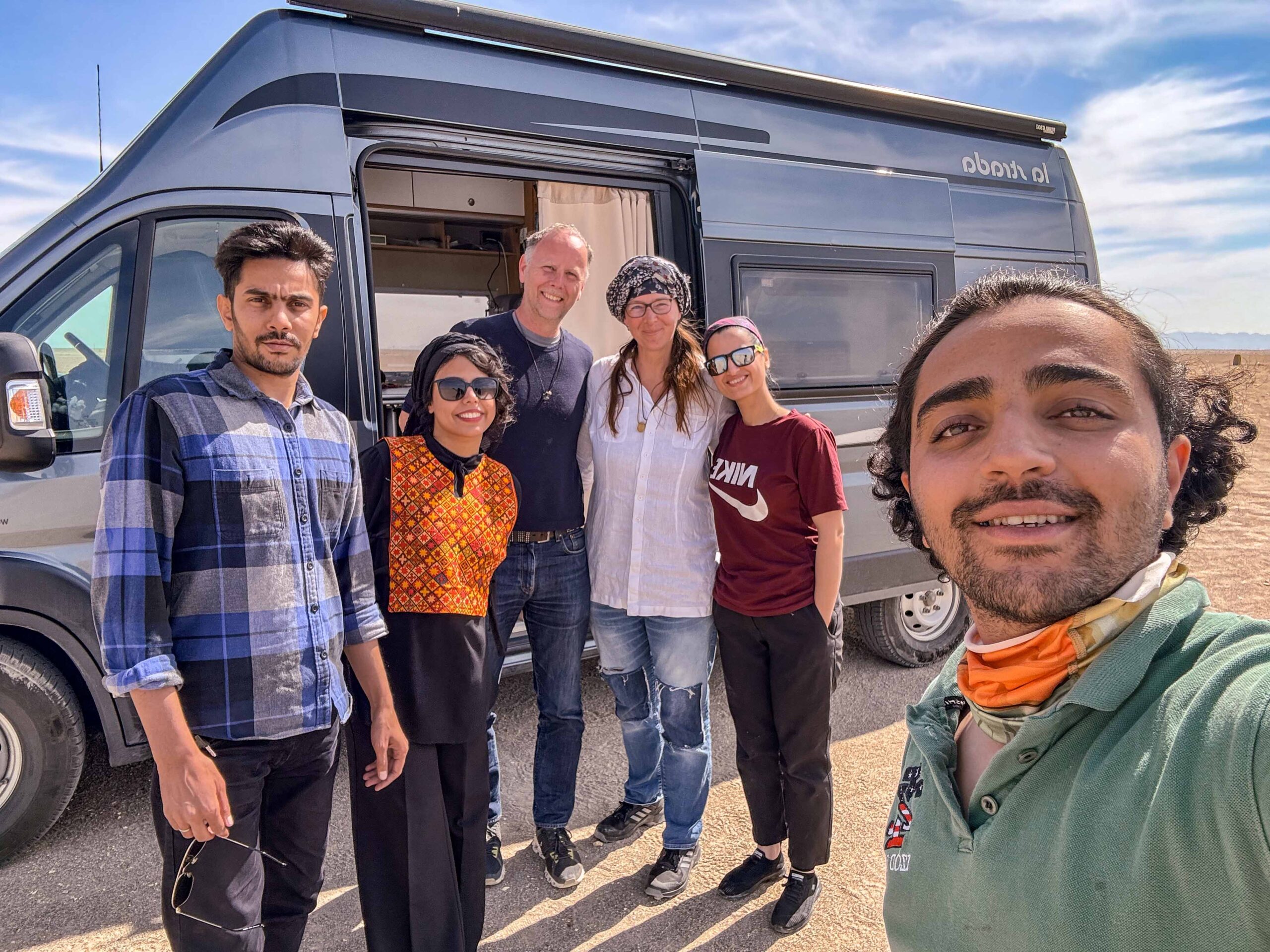
Merci for "travelling with us
We are thinking about taking another break from travelling in the summer and visiting our families in Germany and Switzerland. One of the ideas is to organise a Lecture about our long journey to the Persian Gulf to prepare. If you would like to, what would interest you the most? We will also tell stories here that don't find a place here on the blog. We're thinking of the Bern and Berlin area - simply because we have family there. But other places are also conceivable. Feel free to write to us.
Do you think our travel experiences might be of interest to others? Then you can share the Share post quietly. By e-mail or however you want to do it.
In addition, if you haven't already done so, you can use our Newsletter subscribe. Here you will receive all our experiences in your mailbox whenever we publish something new or once a week on Fridays: live-pur.ch/newsletter
We are also very happy to hear your views, your tips or your questions. Just comment on the post!
Whow! 🥰👍
Yes, how much fits into one day?
A good question.
Whereby the WHAT is more interesting.
And there can't be enough of the WHAT, I think. 😬😁
Beautiful!